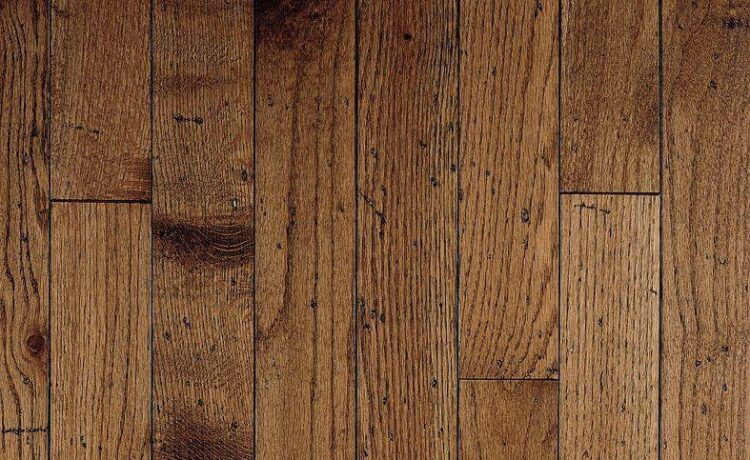Engineered wood floorings come in different grades, colour, types, installation designs and all varying features that you can think of, which makes it challenging to make a perfect choice when shopping. In fact, if you have no previous interaction with such kind of floorings, then it can be a nightmare to make that ideal choice which will look good on anyone, including people who actually have them in their homes or offices. Remember, the moment you go wrong on a selection of engineered wood flooring, you will have sacrificed up all the advantages you were hoping for. Therefore, it is quite crucial that you make the best call. On that note, kindly consider the following when shopping for engineered wood flooring:
- Dimensions
It would help if you placed an order for engineered wood flooring after sending the proportion of your floor area to the company so that you don’t totally fall out of range during installation. Moreover, you should also know that narrower floorboards cost way lower than tall ones and if the floor area fits the same, then it will be the best shot to take.
- Finishing
Engineered wood flooring boards can either come when already treated or untreated. In either way, it would still be best if you went for untreated boards so that you can add a perfect treatment that will naturally blend with your house’s theme.
- Installation
You should also consider the installation process and whether the company is offering its expert services on the same. If not, then you can always source for a professional who will correctly install without creating bigger nail holes or any form of cracks. You can do the installation process with help from a family member but is never advisable; especially when you need something perfect, that will sit firmly for the longest time possible. Moreover, professionals have the technical-know-how of installing any kind of engineered wood flooring, which makes them the right people to do the installation.
- Wear layer
You may not be able to count the exact number of layers, but you must be in a position to insist on engineered wood flooring with multiple layers. Thicker layers are way better in terms of durability, heat withstanding and maintenance. For instance, a more adhesive layer would be ideal if you are planning to install an underfloor heater, especially if you live in a cold area. As for maintenance, it would be easier for re-sanding and re-finishing the floor multiple times without any worries of sanding away the whole wood. The extended cut, from a logical point of view, thicker wear layers will last for a longer time but may cost more than thin layers, say one or two.
- Maintenance
Another important thing to consider is the maintenance options that a specific engineered wood flooring will be giving you. For instance, if you go for a floor with hard wax oil treatment, then it will be much easier to maintain as it will be partially resistible to cracks and scratches. Furthermore, it would be best if you also researched on basic maintenance tips for different kinds of engineered wood flooring so that you can improve its durability. For example, a white-coloured engineered wood flooring will not have the same maintenance procedures as a typical finishing which you can use bleach on to get rid of the stains.
- Under core
Finally, it is common to have a heating system under engineered wood flooring. Moreover, wood flooring is common in areas with sudden changes of temperature, especially cold and that is why it can be necessary to have the heater down there. On that note, the kind of under-core that you go for will significantly determine the durability of the whole floor. In addition to that, it will also determine the comfort you’ll have when stepping on the floor, especially during heating.
It is never easy to tell whatever is lying under the core, but from experience, the total pricing should be either a go-on for you or a red flag. For instance, a typical high-quality engineered wood should come with a multi-laminate wood ply as an under core, which will make it a bit expensive than an ordinary block-board base with one layer. However, you must note that considering this should come as a priority only if you want to have an underfloor heating system.







